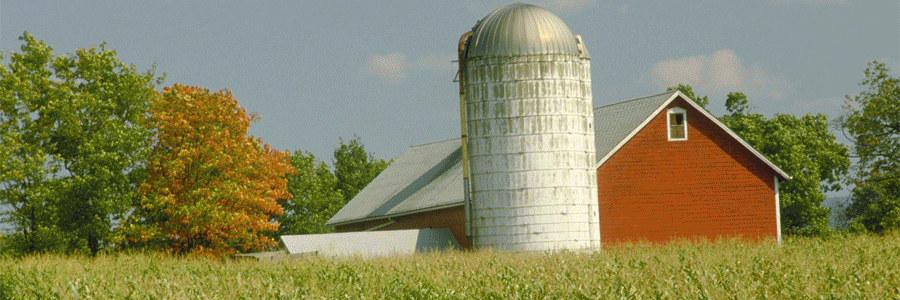Editor's Note: As the year came to a close, we once again asked the DTN/Progressive Farmer reporting team to pick out the most significant, most fun or otherwise their favorite, story of 2025. We hope you enjoy our writers' favorites, continuing the series with today's story by DTN Crops Editor Jason Jenkins.
**
JEFFERSON CITY, Mo. (DTN) -- For several years, the Wheat Quality Council's Hard Winter Wheat Tour in Kansas had felt more like an autopsy than a crop tour. Drought's grip on the Central Plains had made each field stop along the routes into a morbid exercise as scouts assessed how badly things were going.
This past May, however, the Kansas crop was reportedly in its best shape in more than a decade. I was anxious to see it for myself. Not only did I see some beautiful stands, but along the way, I made some memories that make me smile even now.
The council's annual tours -- one in Kansas in May and one in North Dakota in July -- are a unique experience. Many who attend have never stepped foot in a wheat field before. However, they work for milling companies, bakeries and grain merchandisers, to name a few, so it's important that they learn more about the grain so central to these businesses.
During three days of touring, the group splits up into individual cars, each with an "expert," and they spend long days leapfrogging from field to field, estimating yields and assessing crop quality. Each evening, the group reconvenes to report their findings before doing it all over again the next day.
As we started out on Day 1 of this year's tour in Kansas, we did indeed see some excellent stands. But as we moved farther west across north-central and northwest Kansas, conditions began to deteriorate. The lush fields disappeared, and what we encountered was wheat that was actually in poorer condition than in 2024. I started to question if we'd encounter any more fields that famously produce amber waves of grain.
Day 2 of the tour proved to live up to my expectations. Along the way, it also provided some laughs and memories that I won't soon forget.
On that day, I was teamed up with Tyllor Ledford from U.S. Wheat Associates, Cindy Li from Bimbo Bakeries USA and Lee Scheufler, a wheat farmer from Sterling, Kansas. We left out of Colby, Kansas, on Interstate 70 in a dense fog that didn't lift until we were nearly to Goodland, Kansas, where we took a sharp turn south onto Highway 27. I don't know what was hiding in the fog, but it didn't take us long to discover what was hiding in the very first wheat field at which we stopped.
The dew can be quite heavy early in the morning, so as a wheat tour veteran, I've learned that rubber boots and rain gear can help keep you dry and comfortable for all those highway miles. As I geared up to go into that first wheat field, the others got ahead of me. Lucky me.
I was about 50 yards behind Ledford when I heard the shriek. I looked up in time to see her crashing back to earth from where she leapt and dashing off in the opposite direction. Before I could ask what had startled her, the breeze brought the answer to my nostrils: SKUNK!!!
Needless to say, the next leg of the journey was spent with the SUV windows wide open to provide needed fresh air until we reached a gas station where she was able to change clothes. I've run into many critters in fields over the years, but that's the closest I've ever come to being skunked!
We headed farther south before turning back to the east with Wichita as our final destination. We stopped for lunch at the Black Bear Diner in Garden City, Kansas. Li and I both ordered the "Wow! Taco Salad," not realizing that one of them could have fed all four in our group. I think the shell alone could have been used as a life raft for a child.
The crazy critter encounter and comically large lunch bolstered the camaraderie in our car. Oh, and the wheat we saw along the way was fantastic.
While no wheat farmer is going to fully exhale until the grain is in the bin, it was fun to see a crop with so much potential. USDA estimates from August put the 2025 Kansas crop at 51 bushels per acre (bpa), well above the 43 bpa from 2024. In December, USDA estimated that 70% of the Kansas crop was in good-to-excellent condition going into winter, so I'm looking forward to seeing this crop next May.
Read about the 2025 Hard Winter Wheat Tour:
Tour Wrap-Up: https://www.dtnpf.com/…
Day 2 Report: https://www.dtnpf.com/…
Day 1 Report: https://www.dtnpf.com/…
Tour Preview: https://www.dtnpf.com/…
Jason Jenkins can be reached at jason.jenkins@dtn.com
Follow him on social platform X @JasonJenkinsDTN
(c) Copyright 2026 DTN, LLC. All rights reserved.


